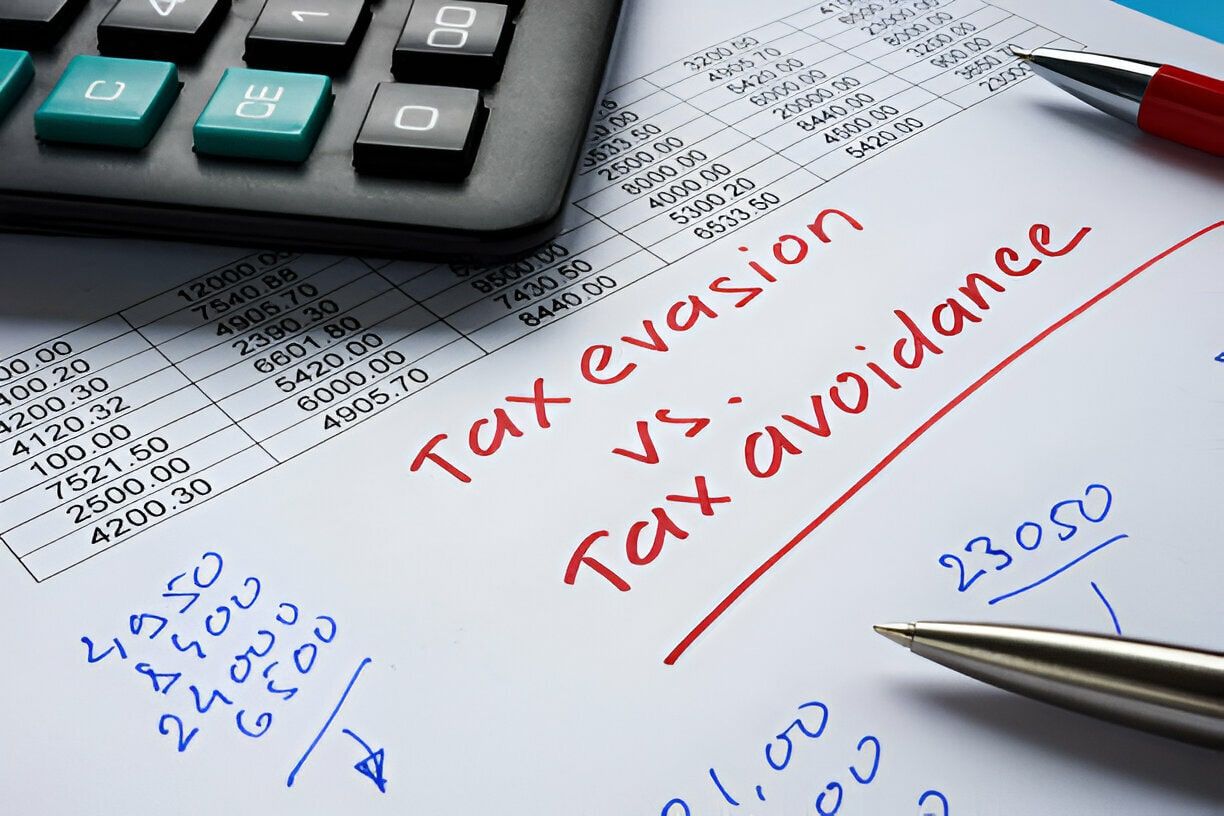Applying for a Waiver of Over-Contribution Tax: CRA Relief for RRSP and TFSA Penalties
If a taxpayer accidentally over-contributed to an RRSP or TFSA, the taxpayer may face a significant penalty tax from the Canada Revenue Agency (“CRA”). Fortunately, there is a process to request a waiver of over-contribution tax.
Understanding RRSP and TFSA Over-Contribution Penalties
Over-contribution tax applies when a taxpayer contributes more than their available contribution room. The CRA imposes a 1% tax on the highest excess amount for each month. For RRSPs, this penalty is imposed on unused contributions that exceed the taxpayer’s RRSP deduction limit by more than the lifetime $2,000 grace amount. For TFSAs, the 1% monthly tax applies to the entire over-contributed amount from the moment the taxpayer goes over their limit. Even if the excess exists for only a few days in a month, the 1% tax still applies for the whole month.
Example: Suppose a taxpayer over-contributed $5,000 to a TFSA. That taxpayer would incur a $50 penalty tax for each month that $5,000 remains in excess ($5,000 x 1% = $50). For an RRSP, contributing $5,000 would trigger a tax on the $3,000 exceeding the $2,000 grace amount ($3,000 x 1% = $30). In all cases, removing the excess as soon as possible stops further penalty tax.
Requesting a Waiver for Over-Contribution Tax
Applying for a waiver of over-contribution tax involves making a formal request to the CRA. The over-contribution must have arisen from reasonable error; simply ignoring the taxpayer’s limits is not enough. The waiver process typically works as follows:
- Remove the Excess Contribution: For RRSPs, if the taxpayer has not already withdrawn the contributions, the taxpayer can complete Form T3012A to withdraw the excess contribution. For TFSAs, simply remove the excess. Maintaining documentation of the funds removed is important, as this demonstrates to the CRA that the taxpayer took prompt corrective action.
- Gather Documentation: To establish an accurate timeline, the taxpayer may include account statements showing contributions and withdrawals, copies of the taxpayer’s RRSP or TFSA contribution room statements from CRA, and any correspondence from the CRA about the over-contribution.
- Complete the Appropriate Form or Letter: To waive RRSP over-contribution tax, the taxpayer will need to fill out Form RC2503. The taxpayer’s form should explain: 1) why the taxpayer made excess contributions and why this is a reasonable error; and 2) what steps the taxpayer is taking, or has taken, to eliminate the excess contributions. To waive TFSA over-contribution tax, the taxpayer will need to write a letter to the TFSA Processing Unit explaining why the tax arose and why it should be waived (there is no prescribed CRA form for TFSA waivers).
- Submit the Application to the CRA: For a waiver of RRSP over-contribution tax, the taxpayer can send the request to the tax centre as shown on the taxpayer’s Notice of Assessment or Reassessment. For a waiver of TFSA over-contribution tax, the taxpayer can send the request to the Sudbury Tax Centre (P.O. Box 20000) or the Winnipeg Tax Centre (P.O. Box 14000). You may also use the ‘Submit Documents’ service in CRA My Account instead of mailing.
- Await the Decision: Processing times can be several months due to high volumes. The CRA may contact the taxpayer if they need more information. If the taxpayer’s request is approved, the CRA will waive the over-contribution tax, or cancel it and refund any amount the taxpayer has already paid.
- If Denied, Consider an Appeal: If a request for a waiver is denied, the taxpayer can request a second review of the decision (a second administrative review within the CRA). If the taxpayer still disagrees with their decision after a second review, the taxpayer can apply to the Federal Court for judicial review.
Relief is discretionary. Meeting the above criteria makes the taxpayer eligible for consideration, but approval is not guaranteed.
Get Professional Help with Taxpayer Relief for Over-Contributions
Navigating the over-contribution tax waiver process can be complex. Taxpayer Law is here to help. We have extensive experience assisting clients with CRA over-contribution tax relief applications, including cases involving RRSPs and TFSA contributions. Contact Taxpayer Law today for a consultation.
We appreciate the contribution of Simran Mann in the development of this article.




